This sunrise clock calculates the position of the sun at a given time for a specified (static) day of the year.
From this position the colour of the sky is calculated using Perez method to give CIE Yxy values. These are converted to CIE XYZ values and thence to RGB using the CIE methodology.
The unitary RGB values are then constrained to the colour gamut and normalised. Finally the values are scaled to output luminosity for a 1.8 gamma based on a cosine function running from -6deg (civic twighlight) to max angle (midday).
The values are calculated for three azimuths, with two panels facing the sun (yellow / orange from turbidity filtering) and one panel being the opposite horizon (blues from Raleigh scattering)
This is my first project using AVR C++ rather than Arduino coding so likely many areas that could be improved. Where possible i've brocken out to libraries for the various functions, which should help re-use in other projects. Working initial code is hosted on github, see links
Enclosure;
After looking for various options for encasing the circuit I found an old sun-in-a-jar that had expired which will fit the LCD and encoder in. But looking at a more versatile solution I've re-designed to use a 0.9" OLED screen so the whole control board fits in the neck of a standard USA Ball / Mason jar, with an acrylic disc in place of the lid plate.
To get the matte diffusion appearance, the plan is to spray the inside with frosted glass spray, and to place the LED board inside a sandpapered plastic tube.
 David Brown
David Brown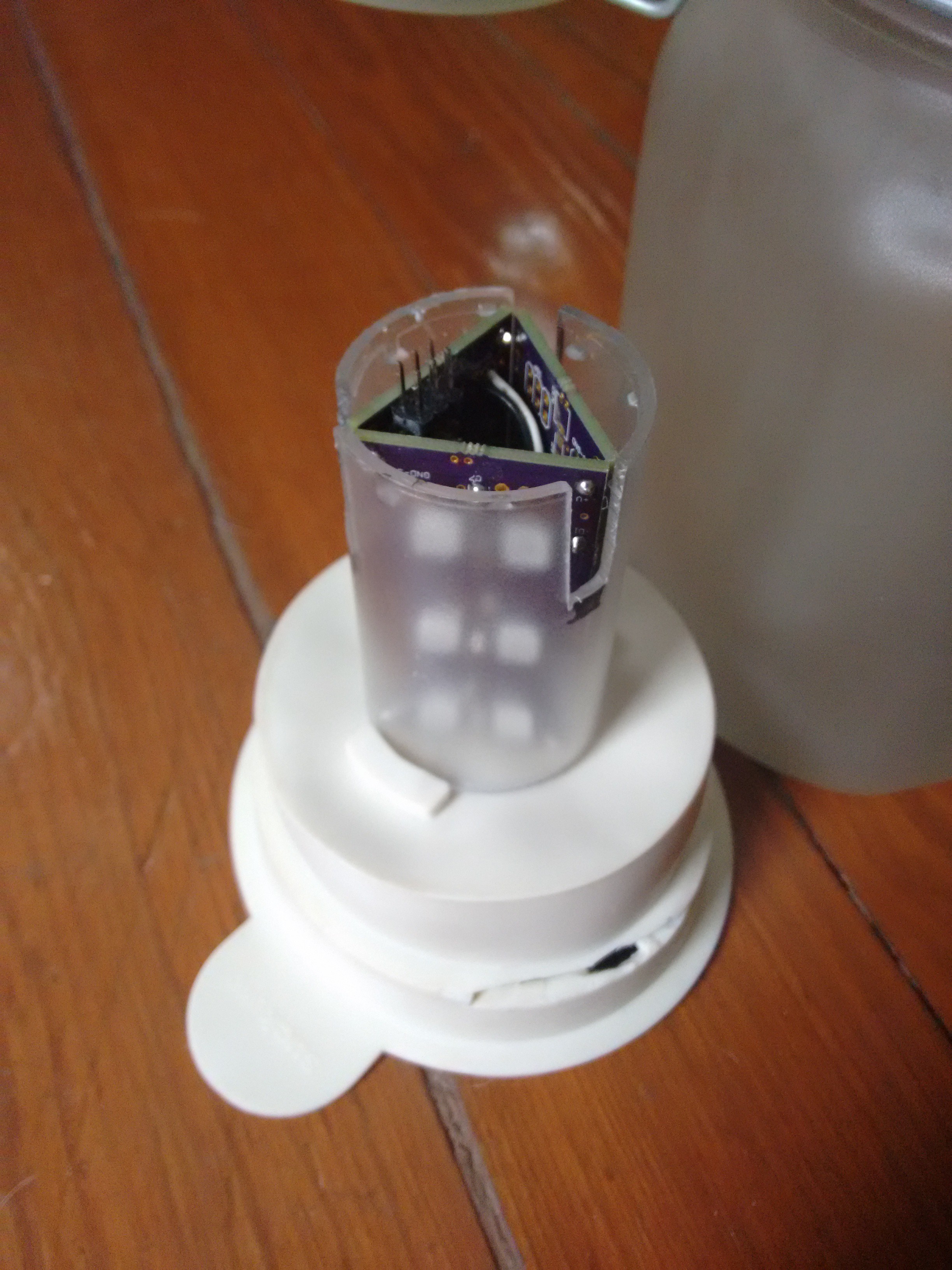
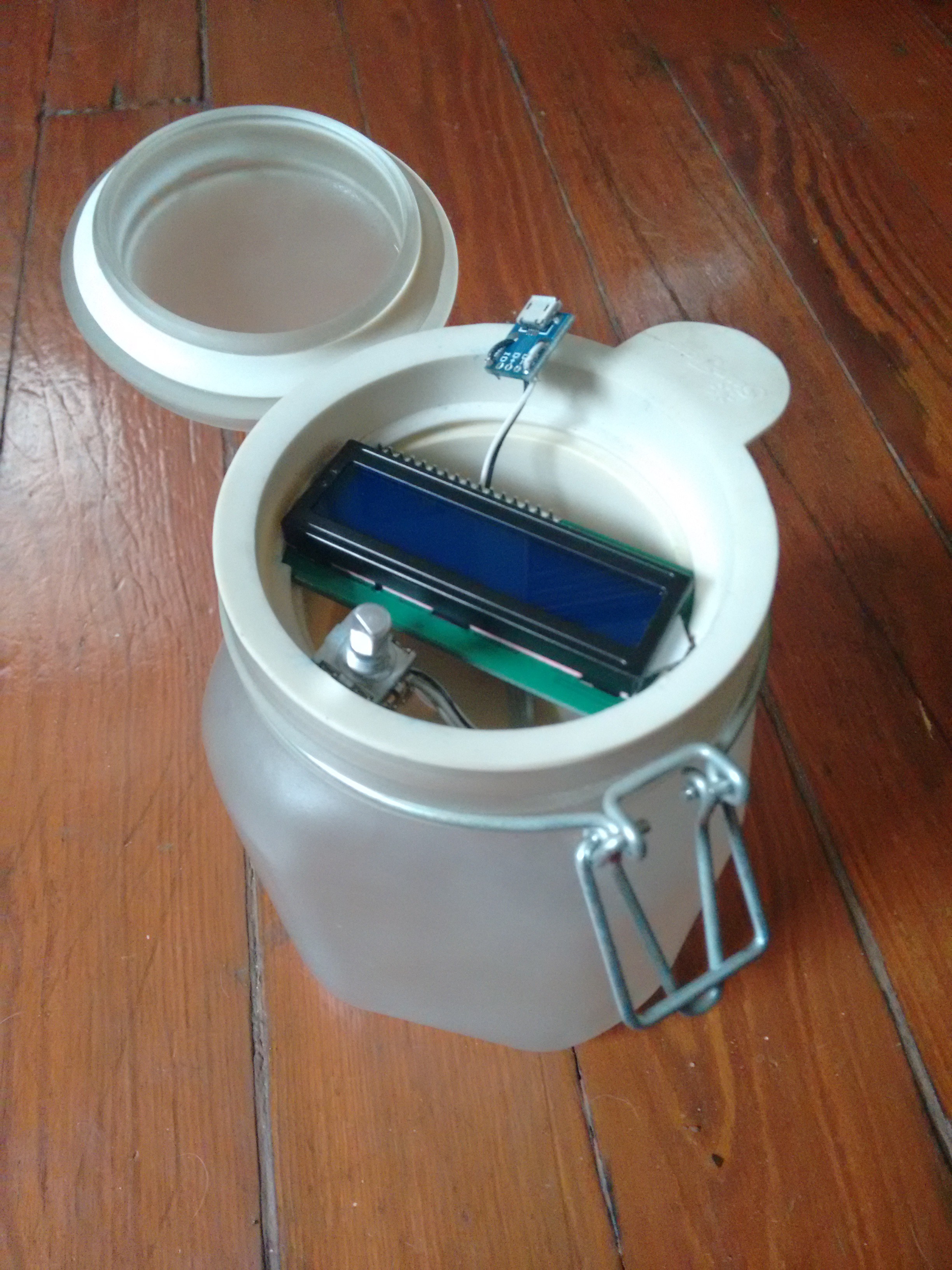
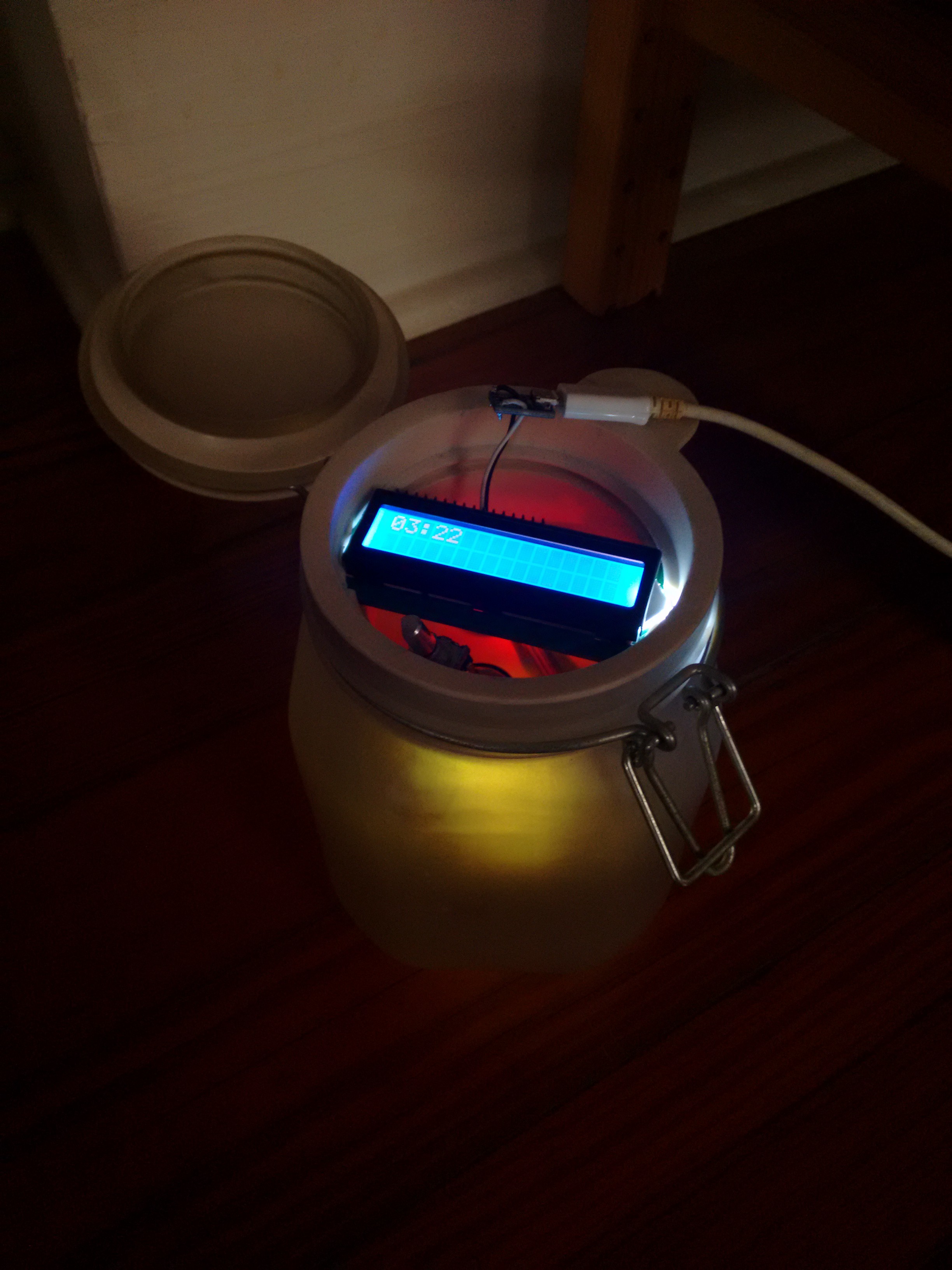
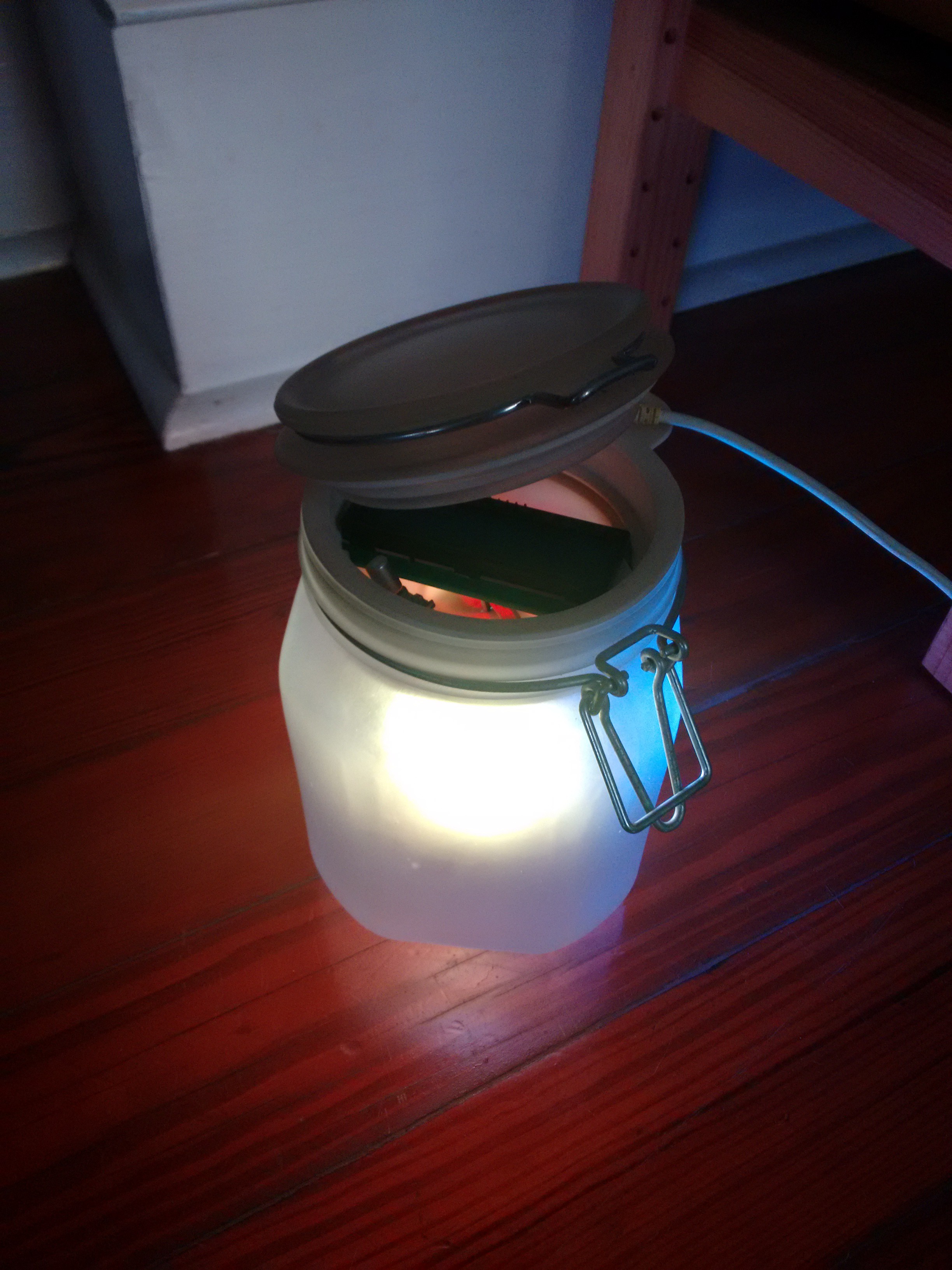
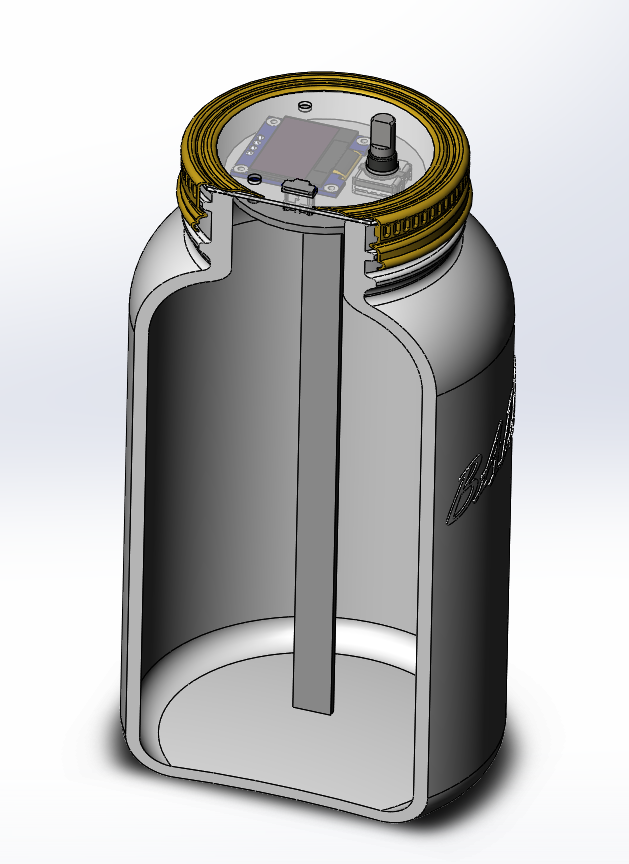
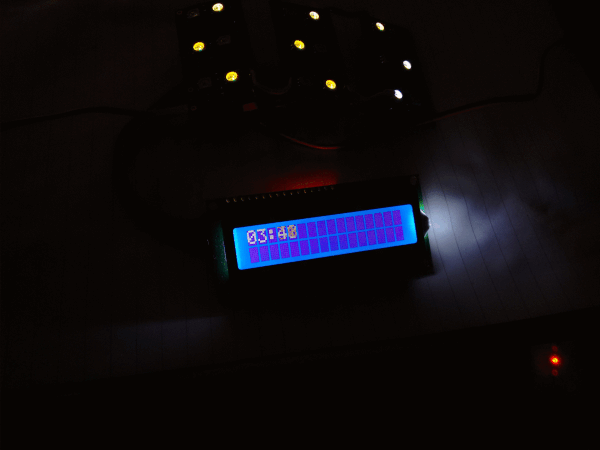
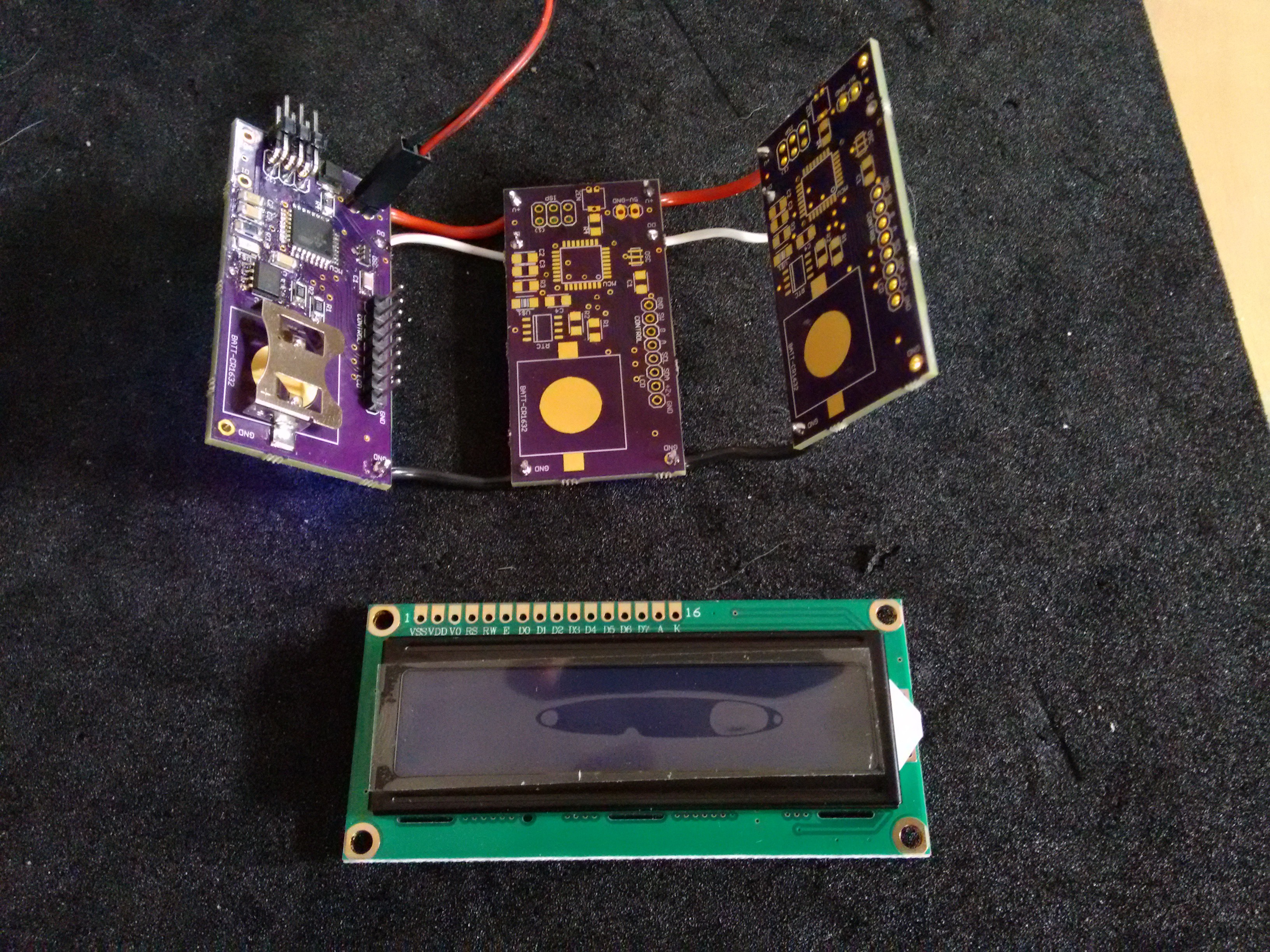
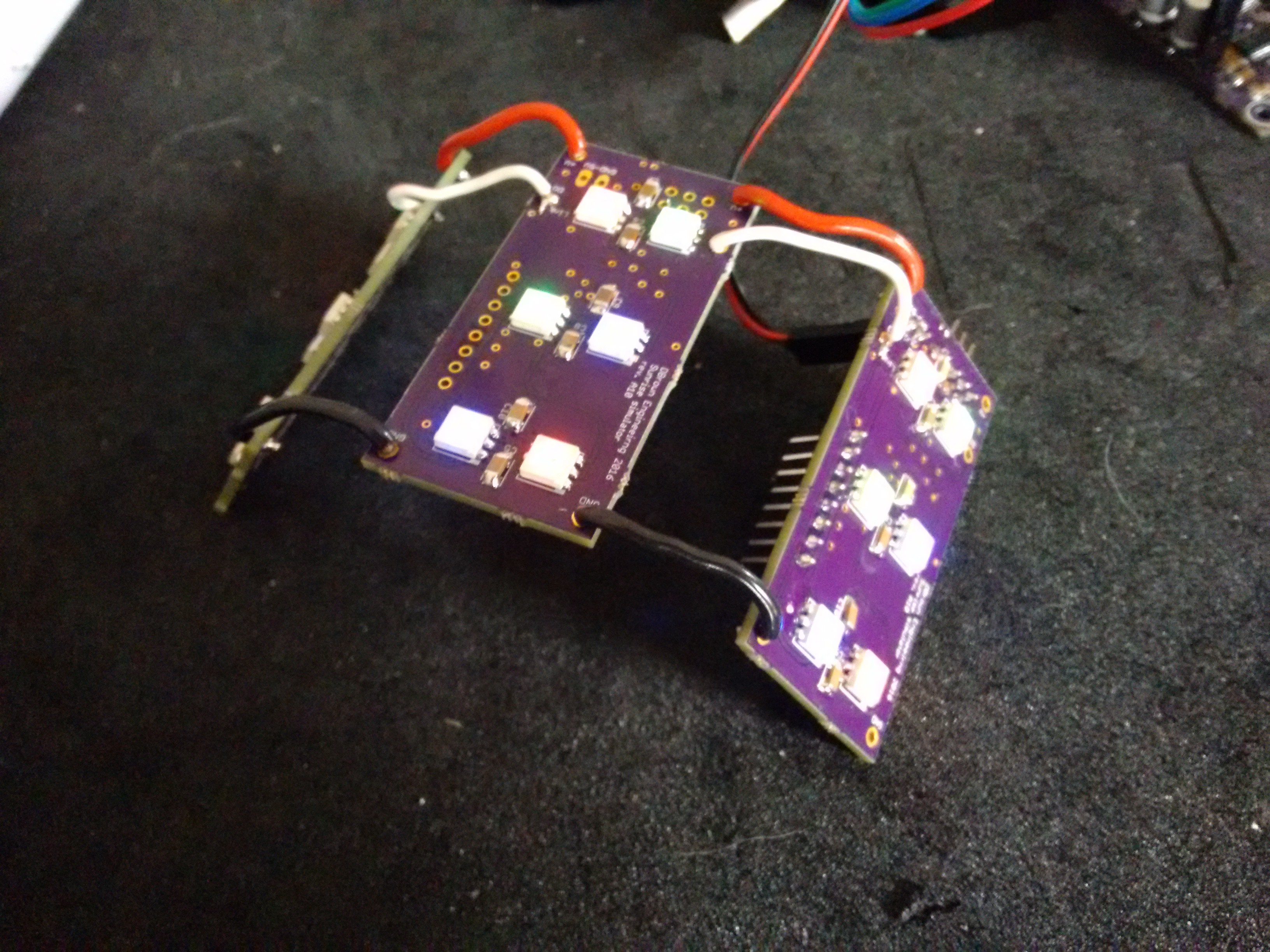
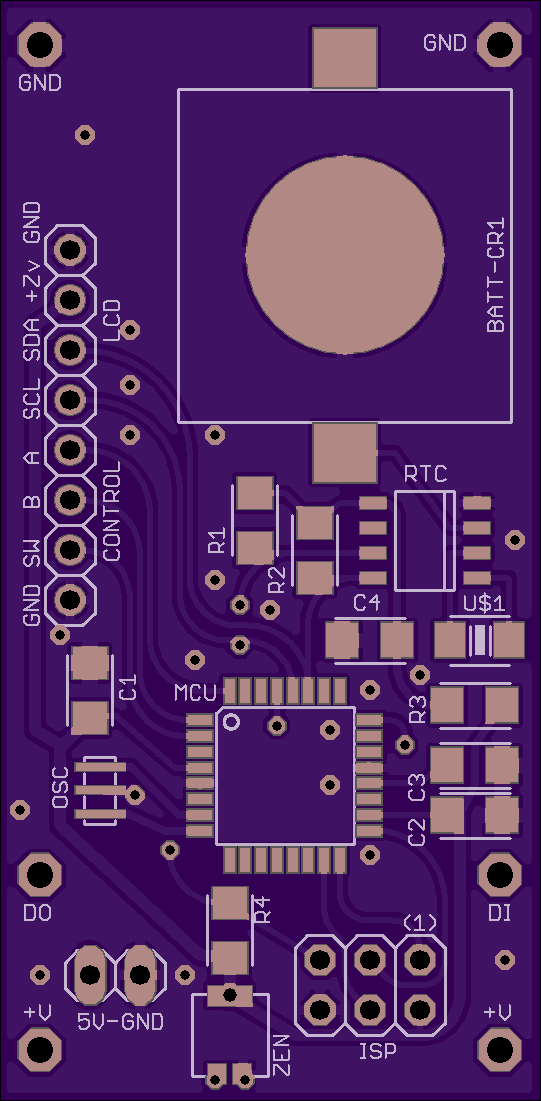
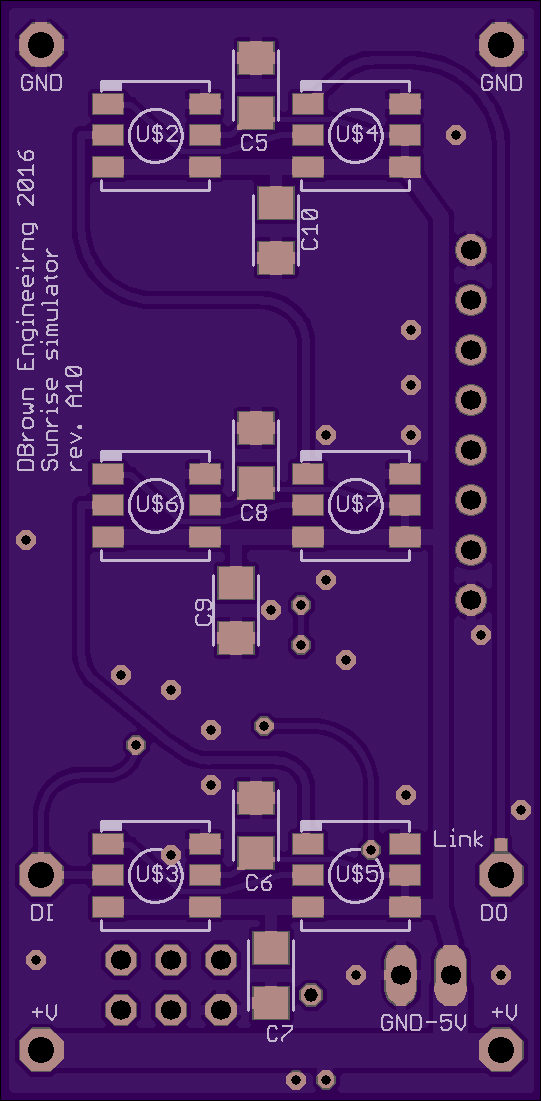


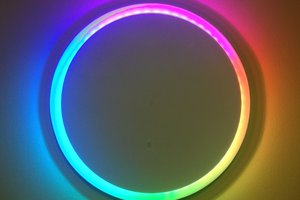
 Warren Janssens
Warren Janssens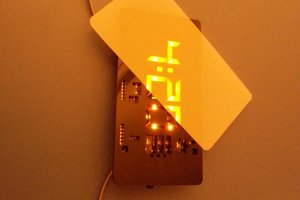
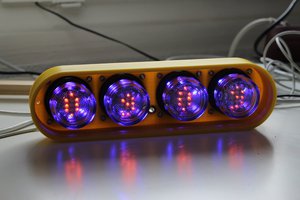
 davedarko
davedarko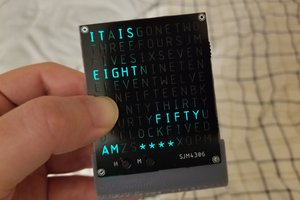
 sjm4306
sjm4306
Working on something similar myself. Although much simpler and just a few large 12Volt COB LEDs. Might be worth looking at an ESP8266. No need for any RTC at all as you can just have it jump on the wifi and hit an NTP server, never need to set the clock. Also if it's in the bed room you will need to have the LCD turn off at night :)